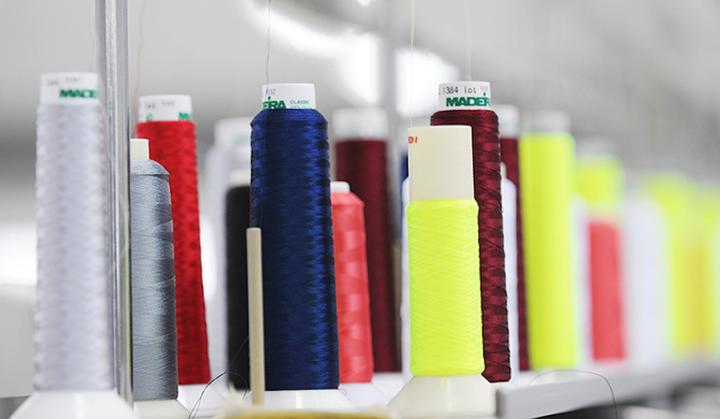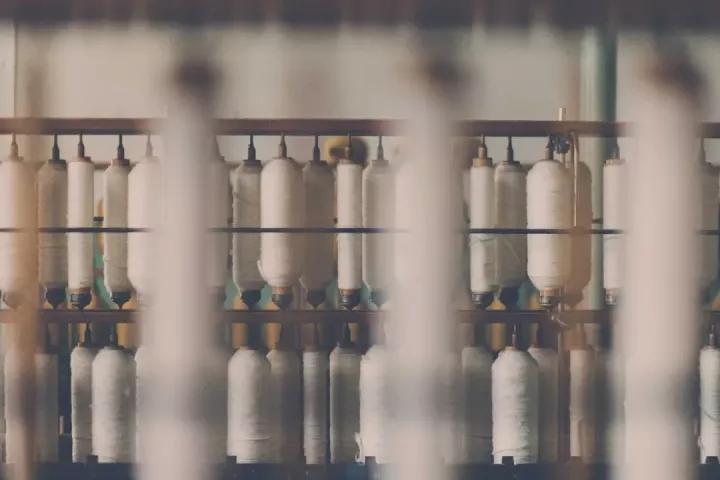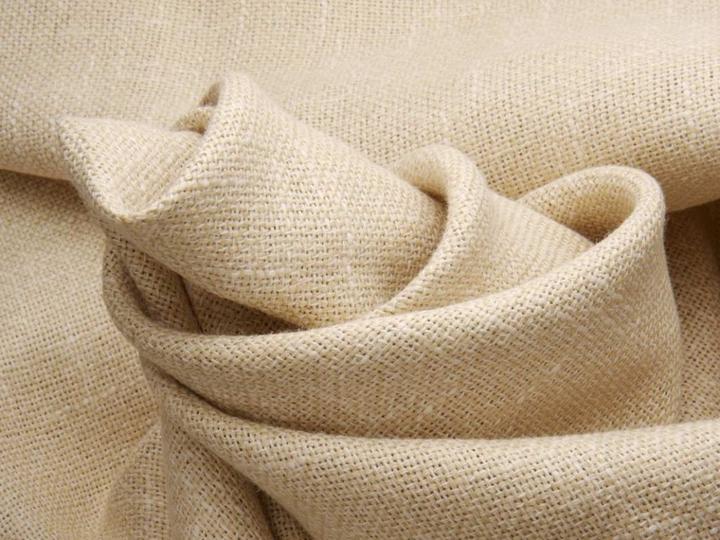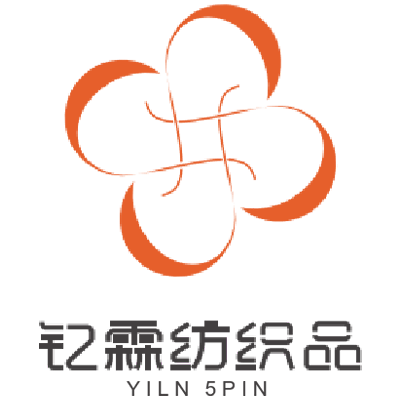The value analysis of the textile and clothing industry is enough to read this article!
Chapter 1 Industry Overview
The textile and clothing industry includes two categories: textile and clothing. Textile is a general term for spinning and weaving, but with the continuous development and improvement of textile knowledge and discipline system, especially with the emergence of non-woven textile materials and three-dimensional composite weaving technologies, today's textile industry is no longer just traditional manual spinning and weaving, but also includes non-woven fabric technology, modern three-dimensional weaving technology, modern electrostatic nanomesh technology, and other textile products for clothing, industry, and decoration. So modern textile refers to a multi-scale structural processing technology for fibers or fiber aggregates. Clothing refers to the general term for clothing, shoes, bags, toys, accessories, etc.
Industry Map of Textile and Clothing Industry
Source: Asset Information Network Qianji Investment Bank
According to relevant reports, the total fiber processing volume of China's textile industry accounts for more than half of the world's; The proportion of textile and clothing exports to the world exceeds one-third. The textile industry, as a pillar industry of the national economy and an important livelihood industry, has a more prominent position. As of the end of 2019, the total amount of fiber processing reached 16.2031 million tons. In 2018, China's textile and clothing exports amounted to 276.73 billion US dollars, accounting for more than 36% of the world's total. The number of legal entities, total assets, and total operating income of enterprises in the textile and clothing industry account for 9.5%, 4.8%, and 5.4% of the industry, respectively. The proportion of textile and clothing exports to the total national goods exports is 12%; Textile and clothing net
China is the world's largest producer and exporter of textile and clothing, with the largest and most complete industrial system in the world, including raw material supply, design and research and development, textile printing and dyeing processing, three major terminal manufacturing, and operation and retail. The manufacturing capacity and level of each link in the industrial chain remain at the forefront of the world.
Source: Asset Information Network Qianji Investment Bank
The product uses are divided into clothing and industrial use:
Clothing: various types of clothing; Decorative use: curtains, sand curtains, tablecloths, etc;
Industrial use: sanitary products, filter cloth, canvas, geotextile, tire curtain fabric, etc.
Chapter 2 Business Models and Technological Development
2.1 Industry Chain Value Chain Business Model
The textile and clothing industry includes clothing manufacturing and clothing trade. The textile and clothing manufacturing industry is an industry that uses textile fabrics as the main raw material, cuts and sews various men's and women's clothing, as well as children's clothing. The textile and clothing trade industry is an industry where clothing traders purchase finished clothing from clothing manufacturers or higher-level traders and sell it to end customers or lower level traders.
The National Bureau of Statistics classifies the textile industry into three major categories: textile industry, textile clothing, shoe and hat manufacturing industry, as well as leather, fur, feathers (down) and their products industry. According to the standard of total industrial output value, the textile industry and clothing industry are the two most important links in the entire textile industry. Among them, the textile and clothing industry is classified under the manufacturing of textile and clothing, shoes, and hats.
According to the classification of the National Bureau of Statistics, the textile and clothing industry can be divided into: 1. Men's and women's long and short coats, long and short cloaks, hooded outerwear, and windproof short outerwear; 2. Men's and women's suits, men's evening dresses (tailcoats), men's evening dresses without tailcoats; 3. Casual clothing sets, single piece tops, pants, skirts, cheongsam, shirts; 4. Men and women's long and short pajamas, pajamas, underskirts, pajamas, bathrobes, and shirts; 5. Children's and baby clothing; 6. Knitted track and field clothing, ski shirts, and other products such as sportswear, swimwear, and ski clothing; 7. Occupational clothing, labor protection clothing, and ethnic minority clothing; 8. Cold resistant clothing, down clothing produced by independent down clothing factories, etc.
According to the analysis of the securities industry, the textile industry includes the textile industry, textile clothing industry, chemical fiber manufacturing industry, and textile specialized equipment manufacturing industry. From the perspective of empirical research in the securities industry, it is generally divided into sub industries such as men's clothing, women's clothing, home textiles, shoes and hats, casual wear, silk, printing and dyeing, cotton textiles, other textiles, other clothing, woolen textiles, and accessories.
According to the regulations of the China Fashion Association, the textile and clothing industry can be subdivided into sub industries such as women's clothing, men's clothing, children's clothing, sports and leisure clothing, professional clothing, down jackets, underwear, clothing accessories, clothing, etc.










Please first Loginlater ~